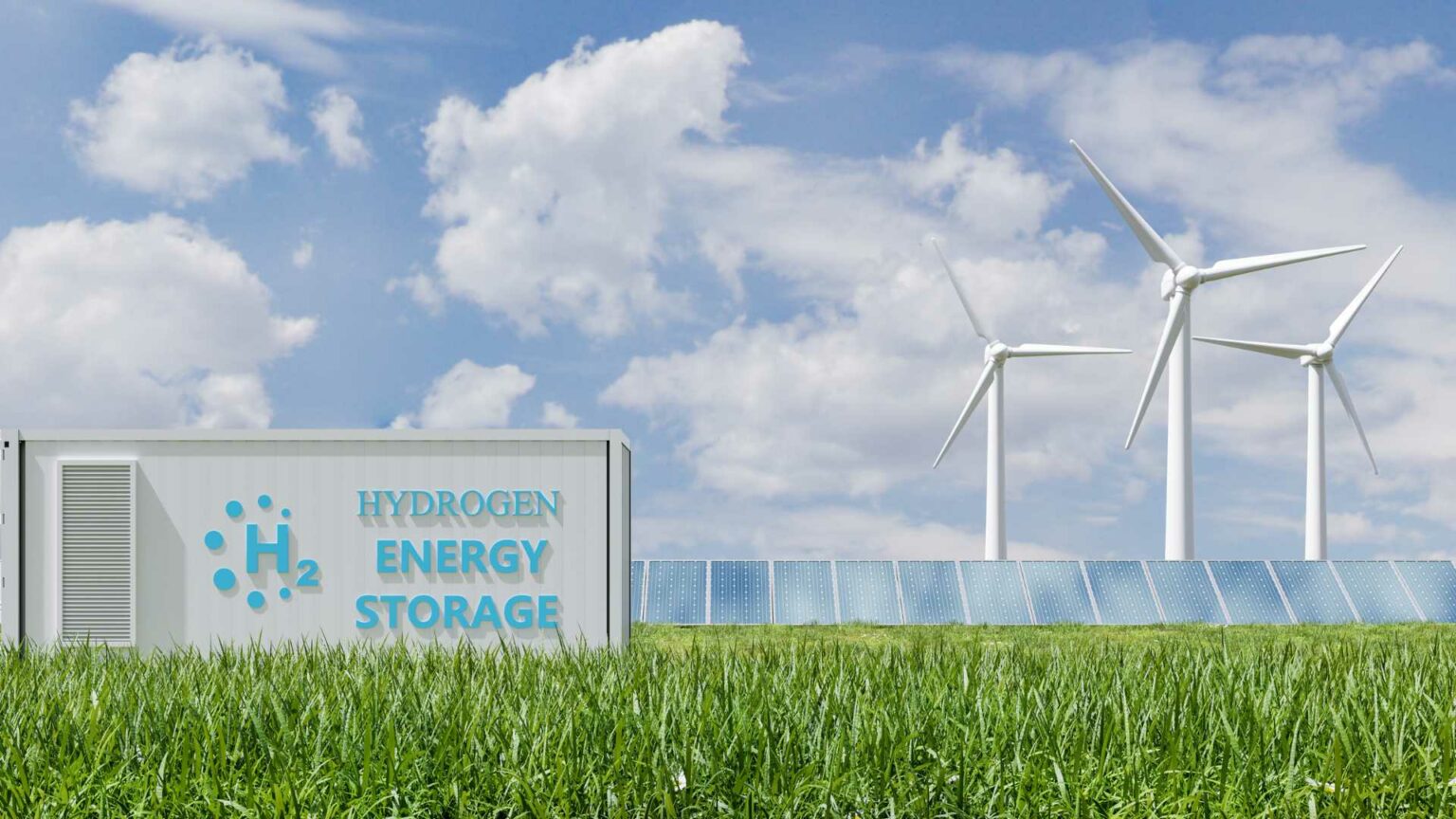The global push towards carbon neutrality is spotlighting hydrogen as a vital energy carrier, and liquid hydrogen, with its high volumetric energy density, is emerging as a key player in this transition.
Liquid hydrogen offers distinct advantages over its gaseous counterpart, primarily due to its increased density. At a cryogenic temperature of just 20.28 Kelvin, liquid hydrogen presents storage opportunities that enable higher energy densities compared to gaseous hydrogen compressed to even 500 bar. For instance, the Polar Tank Trailer can transport over 4000 kg of liquid hydrogen, dwarfing the approximately 686 kg capacity of certain high-pressure tube trailers, highlighting a 6-fold increase in payload that illustrates the potential logistic efficiencies.
Cryogenic storage involves significant complexity due to the necessity of maintaining extremely low temperatures to avoid boil-off losses. Currently, advances in insulation materials are pivotal to managing these challenges. Key insulation materials—such as perlite, Glass Bubbles, and multi-layer insulation—are at the forefront, each with its implementations and hurdles. Perlite, for example, is cost-effective but suffers from bulkiness. Glass Bubbles, while lightweight, present risks related to structural integrity under pressure variations. Multi-layer insulation offers superior thermal efficiency yet is vulnerable to punctures and requires meticulous installation processes.
Recent technological investigations have introduced the concept of cryo-adsorption for further refinement of hydrogen storage. This involves nanoporous materials like metal-organic frameworks and superactivated carbon, which potentially slow hydrogen losses via boil-off. Yet, translating cryo-adsorption from laboratory setups to industry-scale applications remains an ongoing challenge, bound by cost considerations and operational complexities.
In the transportation sector, industry trends suggest a growing alignment with liquid hydrogen, particularly as cryogenic storage promises effective integration with hydrogen fuel cells. This is especially relevant in the aviation industry where reducing weight and payload volume is crucial. Future industry adoption could hinge upon the successful integration of advanced materials and technologies that address present technical bottlenecks—ensuring safe, efficient, and cost-competitive hydrogen storage solutions.
The critical engagement with these emerging technologies and materials reveals a marketplace hovering on the brink of substantial transformation. As regulations and commercial interests converge to foster hydrogen’s role in sustainable energy, the ability to navigate these technical and logistical challenges will dictate the pace and breadth of liquid hydrogen’s adoption. This demands a concerted industry effort to refine these technologies, encouraging collaboration and investment in research that seeks to bridge existing gaps between conceptual potential and practical viability.
Stay updated on the latest in energy! Follow us on LinkedIn, Facebook, and X for real-time news and insights. Don’t miss out on exclusive interviews and webinars—subscribe to our YouTube channel today! Join our community and be part of the conversation shaping the future of energy.





